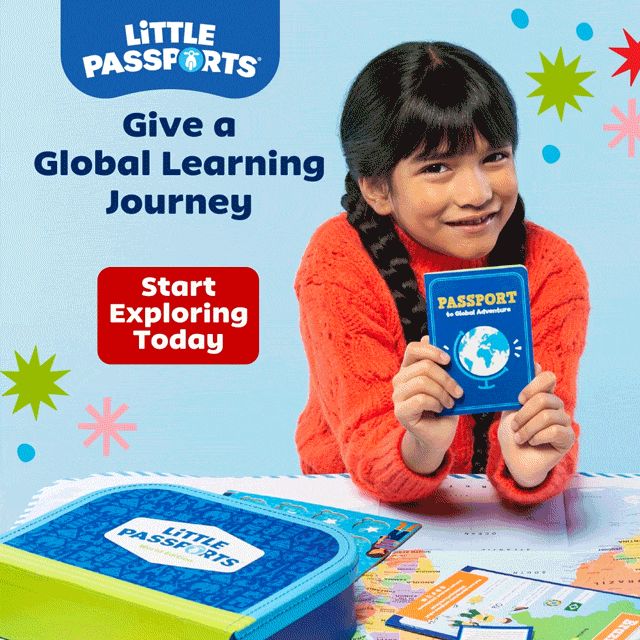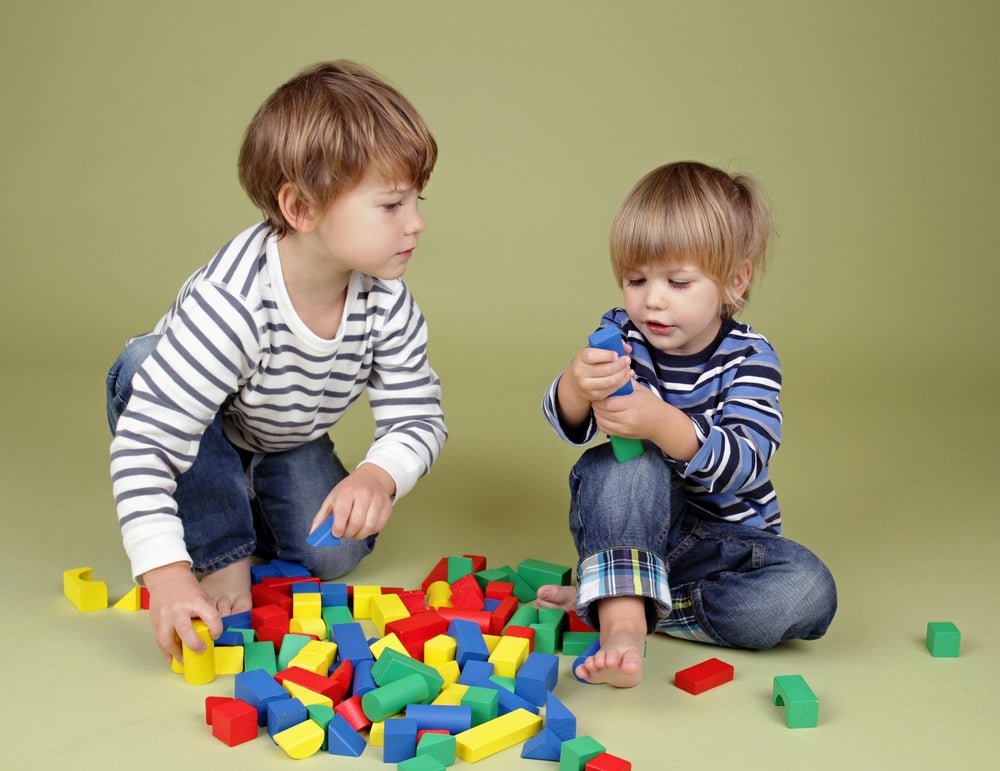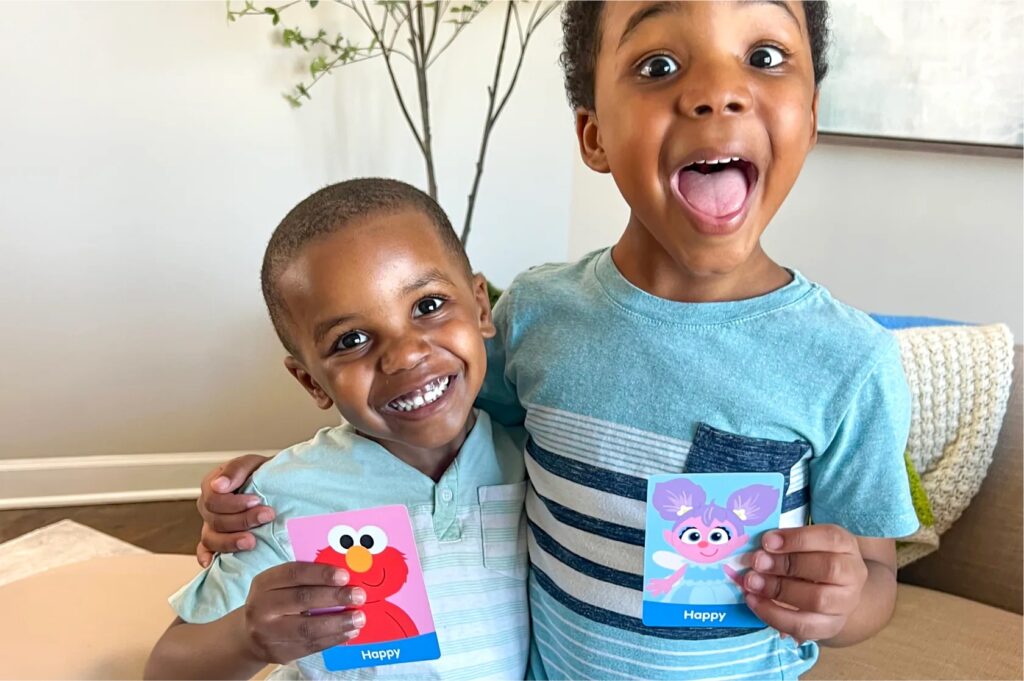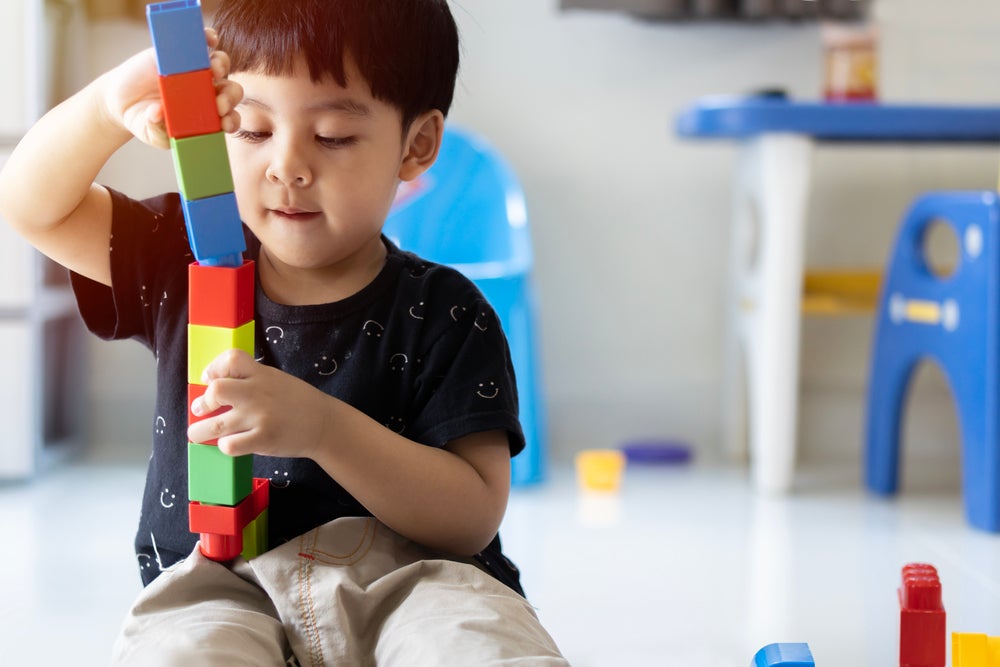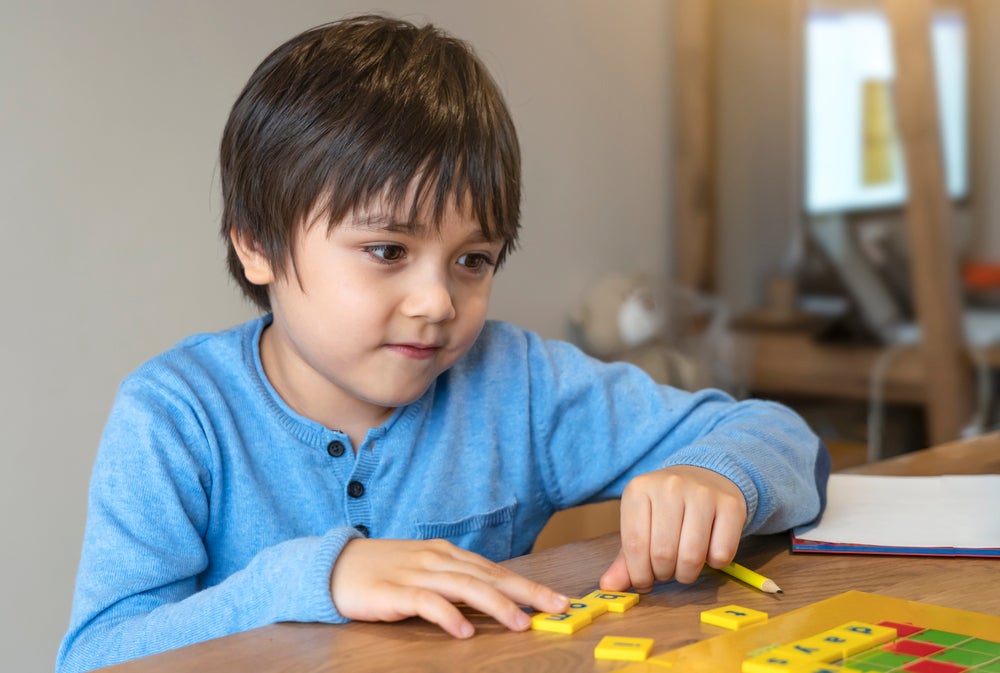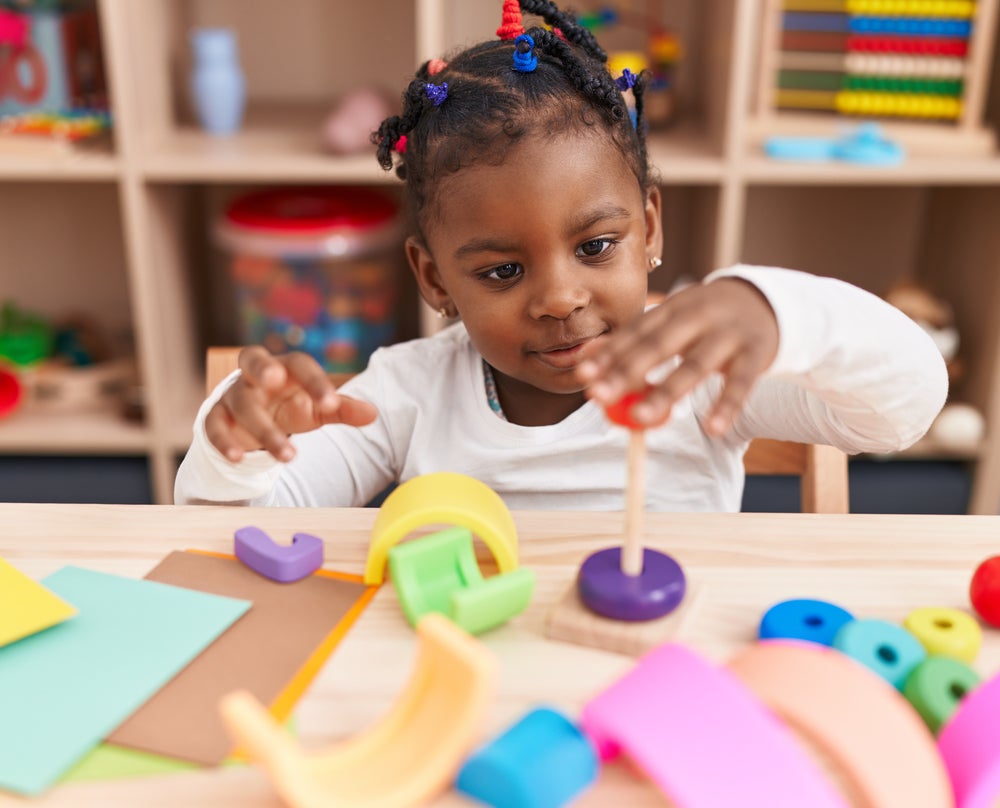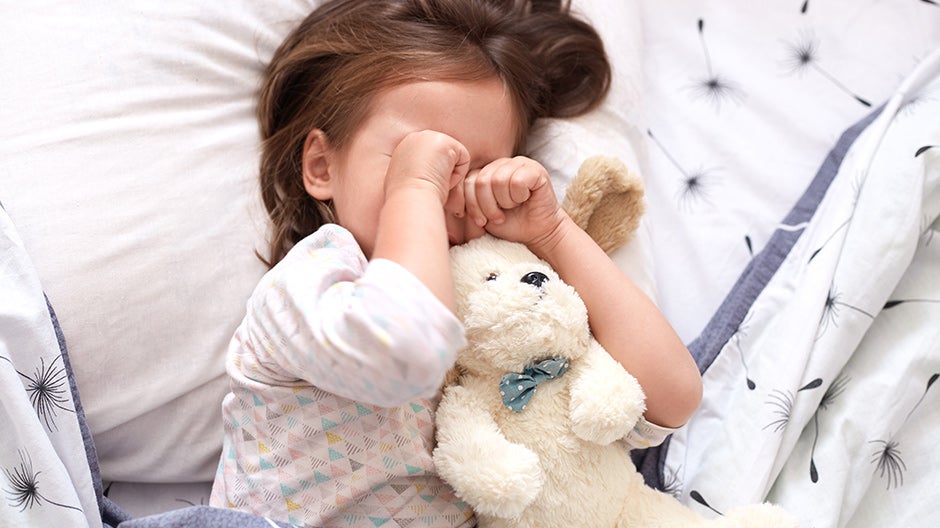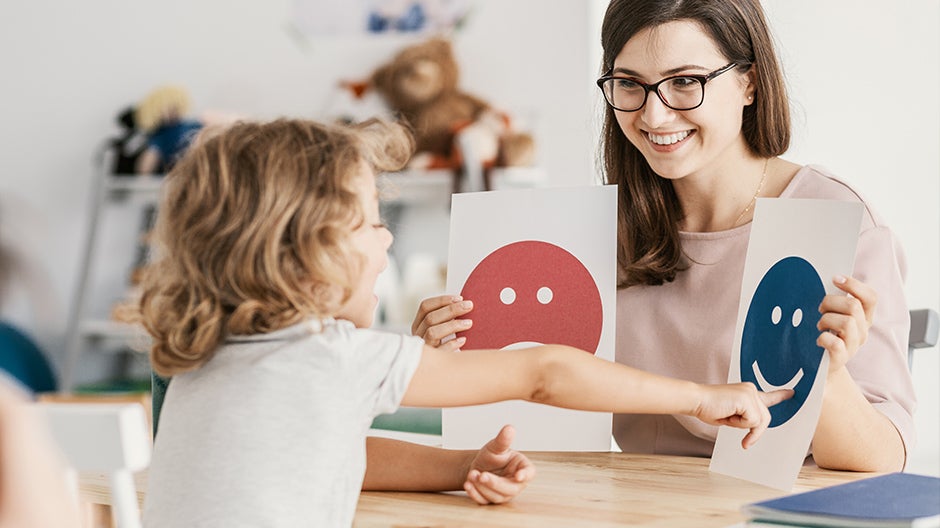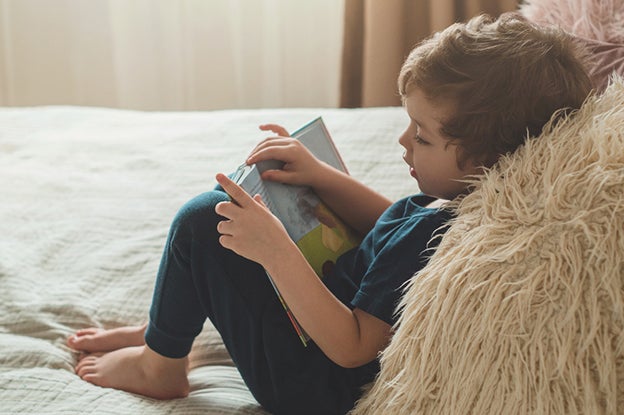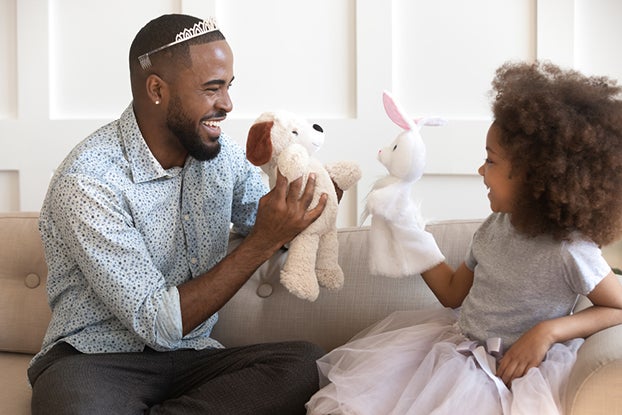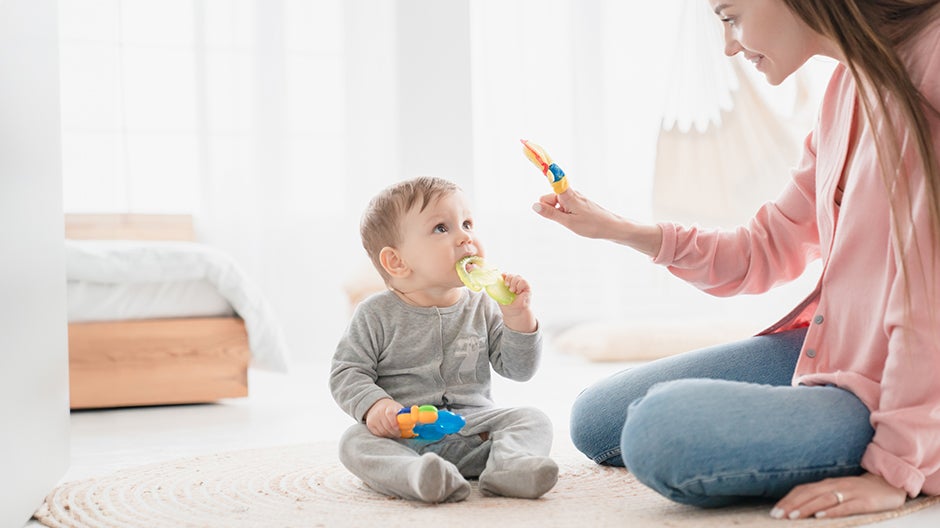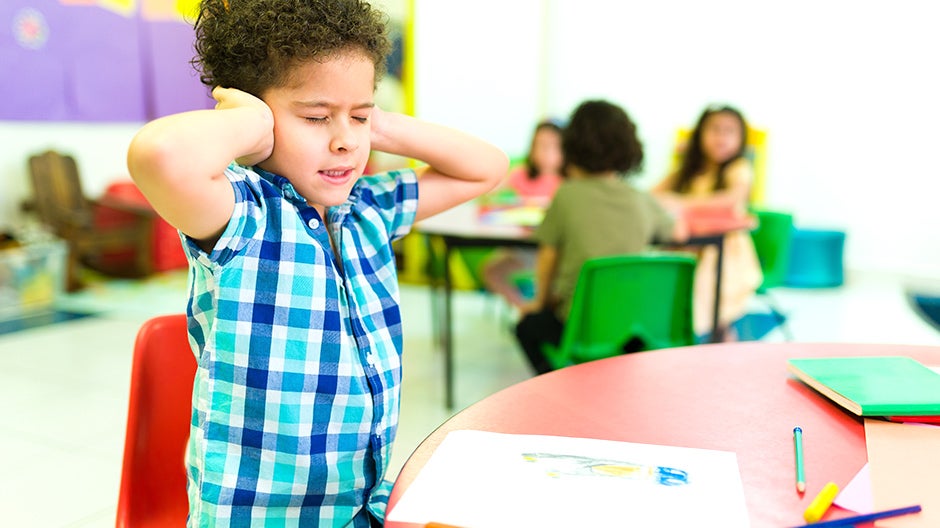Making sensory bottles is a great way to feed Curiosity, one of the 5 C’s that helps kids thrive in school and life. Each bottle gives kids a chance to observe how the world works, ask questions (What happens if I shake it fast? What happens if I shake it slowly? What happens if I turn it upside down?), and experiment safely through play.
Many people use sensory bottles to help kids calm down when they’re upset—and they can work for that!
But they’re also a flexible, inexpensive addition to your kids’ playtime that’s easy to make.
All you need is some water, glitter, and a handful of other materials you probably have around the house already.
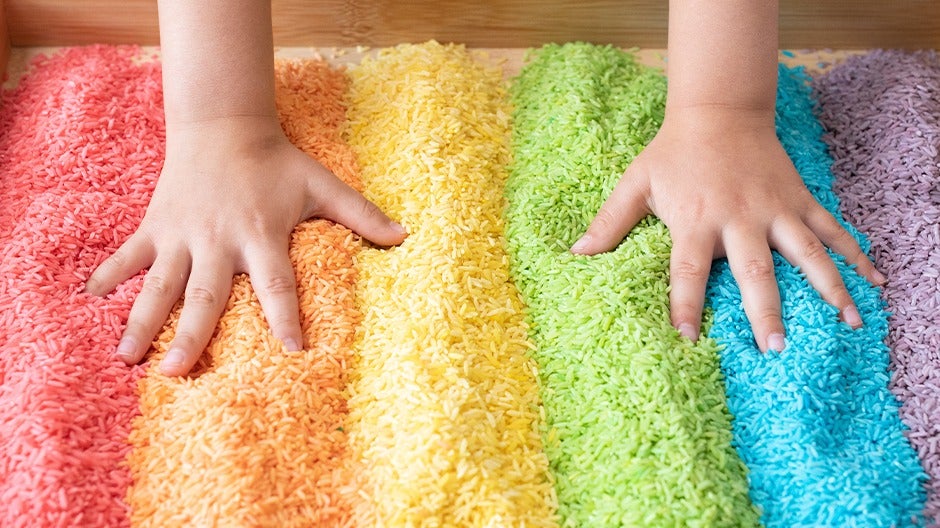
The Short Cut
- Sensory bottles help kids learn to observe and experiment, key parts of supporting their natural curiosity
- It’s easy to make sensory bottles for kids with basic materials around the house
- Parents can help kids get the most out of sensory bottles by playing alongside them, describing what’s happening, and asking their kids questions
- A learning membership that grows with your child also provides lots of hands-on opportunities to support curiosity
How to Make Sensory Bottles
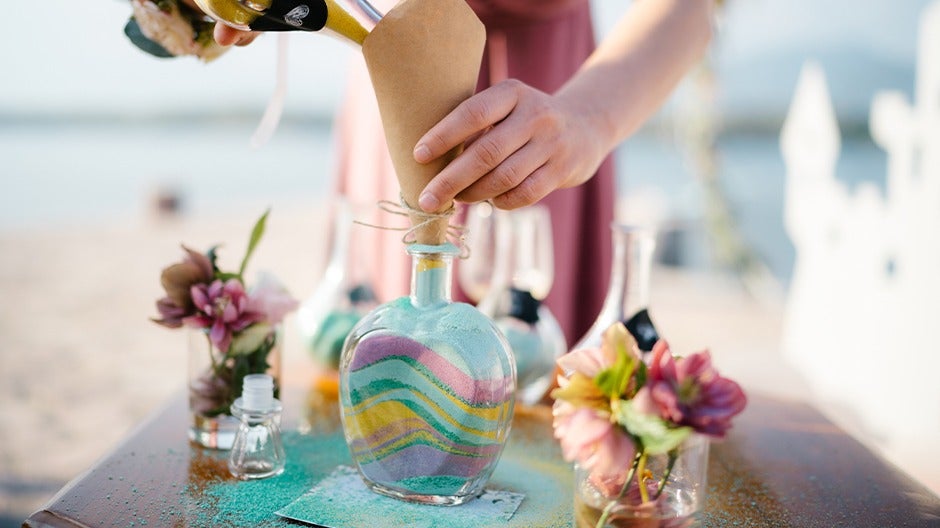
What You Need
- Plastic bottles (use a brand you know and trust not to break or leak)
- Water
- Glitter and sequins
- Food coloring
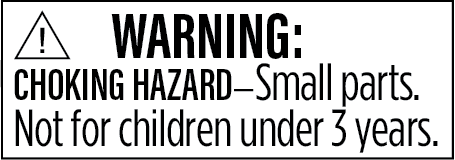
What to Do
- Empty and clean out the plastic bottles.
- Add glitter and sequins to the bottles.
- Fill the bottles with water.
- Add a few drops of food coloring to each bottle.
- Screw the cap onto each bottle, checking that it’s watertight.
- Turn the bottle upside down to get the glitter and sequins swirling!
More Ways to Play
- Try using different colors for each bottle. You can make a whole rainbow if you have enough, which is great for helping kids learn to identify and name colors.
- When kids are playing with the sensory bottles, narrate what’s happening to introduce them to new words (“Look, all the glitter is at the bottom of the bottle. Now I’m going to turn it upside down. It’s at the top now!” or “I like this blue bottle. There’s also a red bottle and a green bottle. Which one do you like most?”). This is a great way to build their vocabulary.
6 Advanced Ideas for Cool Sensory Bottles
Sensory bottles are such a flexible DIY toy that there are lots of different ways to spice them up for your kids. Once you’ve mastered the basic version, making variations and rotating them in and out of your play space can help keep the kids engaged with them longer.
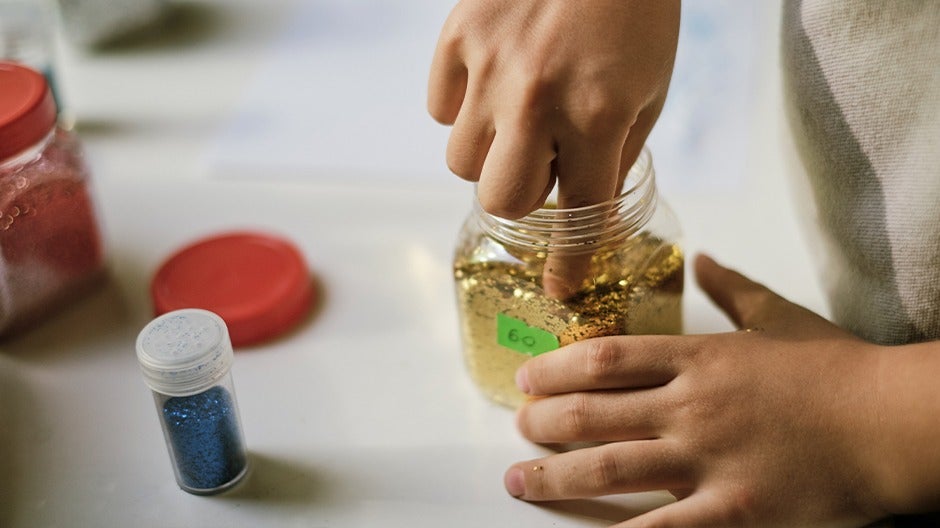
Here are some variants we’ve found inspiring in the past:
- Glow-in-the-dark sensory bottles (use glow-in-the-dark glitter or sequins)
- Themed sensory bottles (put dinosaur sequins, ocean sequins, animal sequins, etc. in the bottle)
- Cotton-ball sensory bottles (adding cotton balls to the bottle gives it a cloudlike appearance and makes the water and glitter behave differently)
- Alphabet or number sensory bottles (put letters or number sequins in the bottle)
- Dry sensory bottles (swap rice, salt, sand, or cereal for the colored fluid mixture)
- Nature-themed sensory bottles (take a trip outside and gather small leaves, blades of grass, flower petals, or other materials to put into the bottle)
Why Sensory Play Matters
Sensory activities (which can be more than just sensory bottles!) support several of the 5 C’s in addition to curiosity:
Through engaging kids’ senses and encouraging them to move their bodies, they help develop Core Skills.
By providing opportunities for socialization, they help build Character.
Sensory activities can even stimulate Critical Thinking as kids try to figure out how things work or search for hidden items (a sequin they’ve lost track of in a sensory bottle, for example).
More Ways to Build Curiosity with Begin
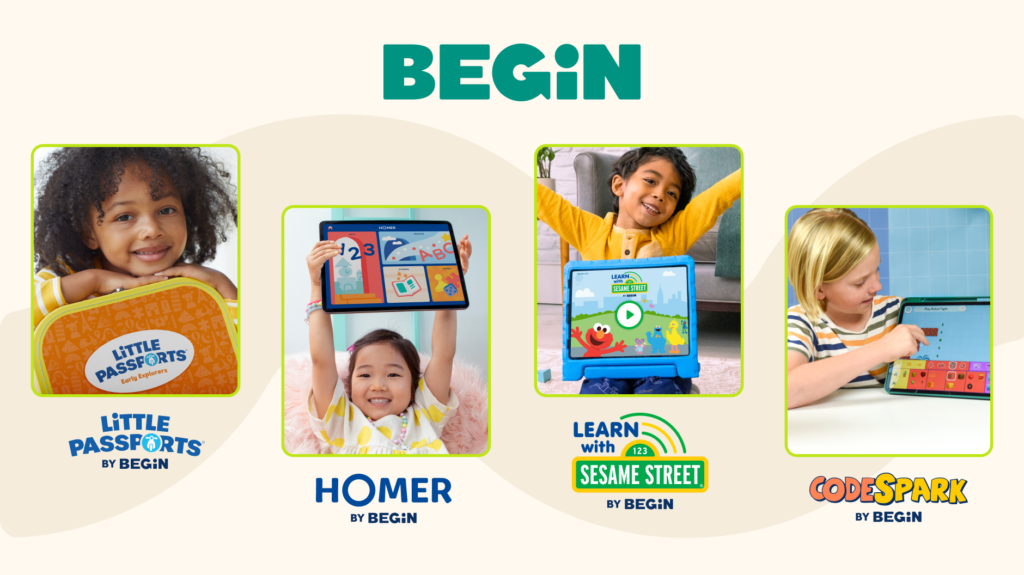
At Begin, we know how important curiosity is for kids to thrive. It turbocharges their ability to learn, drives them to try to understand new things rather than stick to what’s comfortable, and is even correlated with lifelong happiness!
Because of that, opportunities to cultivate curiosity are a central part of our all-in-one learning membership for kids.
Whether kids are exploring the world with Little Passports’ hands-on activity kits, reading expert-picked books that introduce them to new interests, or engaging in creative problem-solving in the award-winning HOMER or codeSpark apps, we give every kid their best start to achieving their fullest potential.
Take our quiz to see which stage of the membership is best for your child today!


